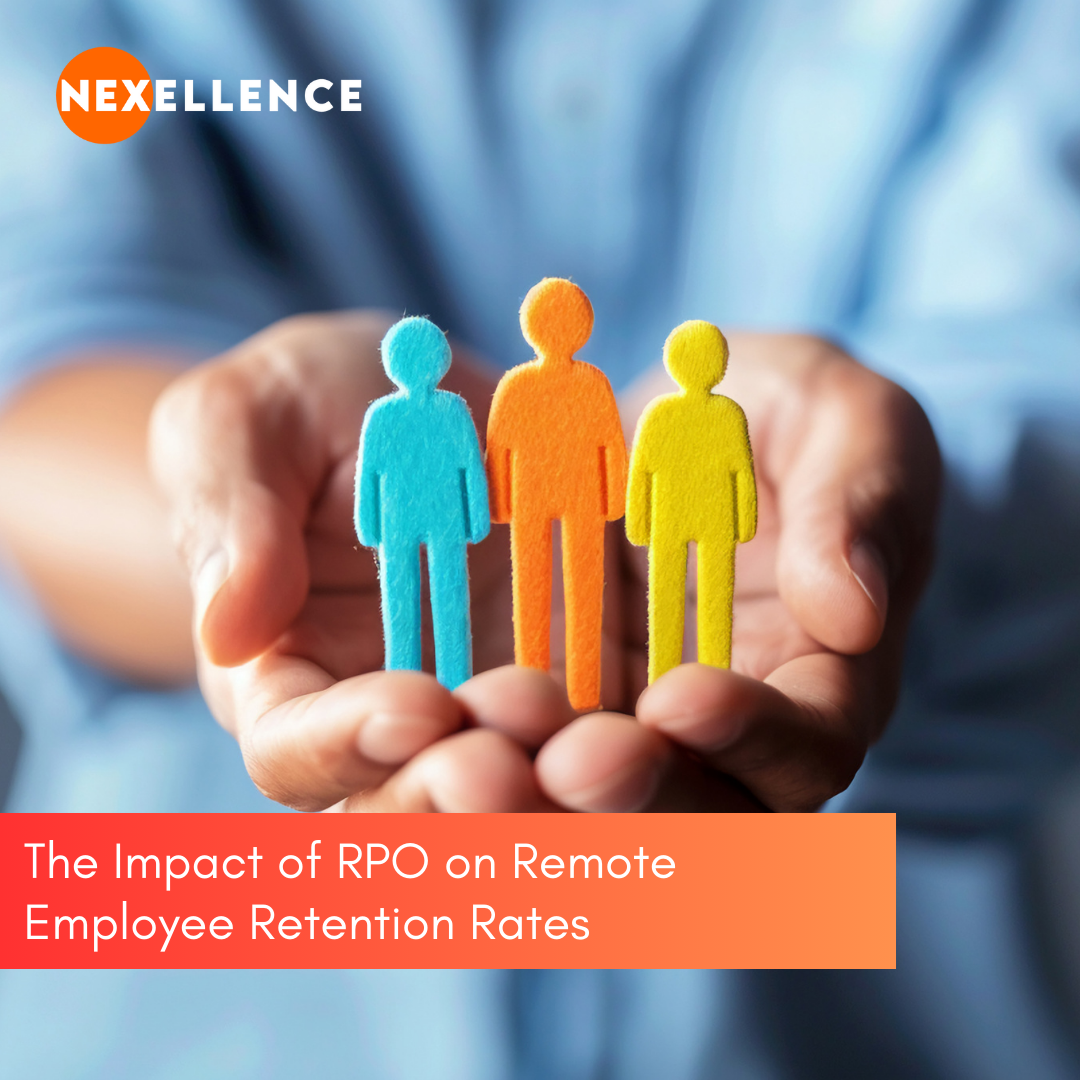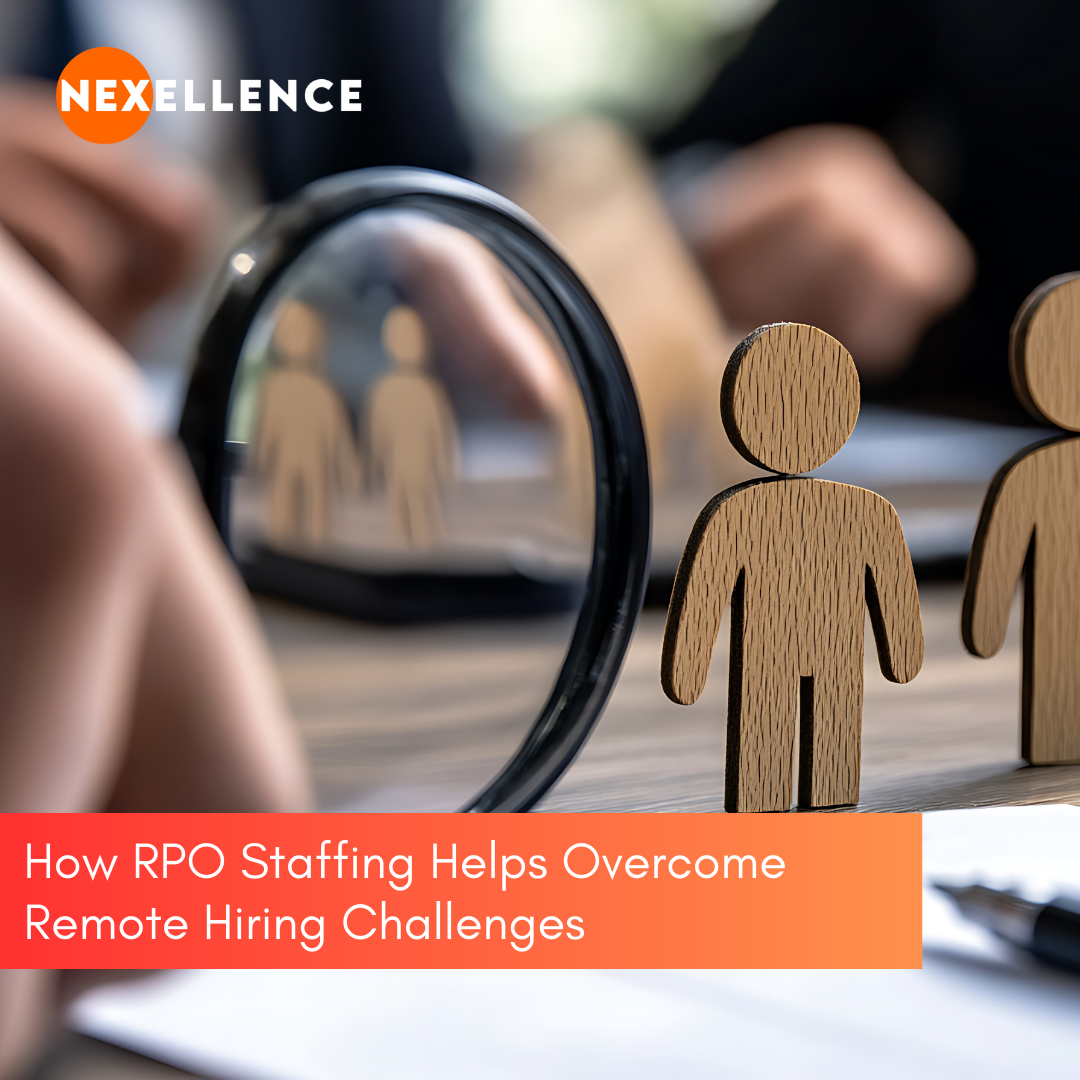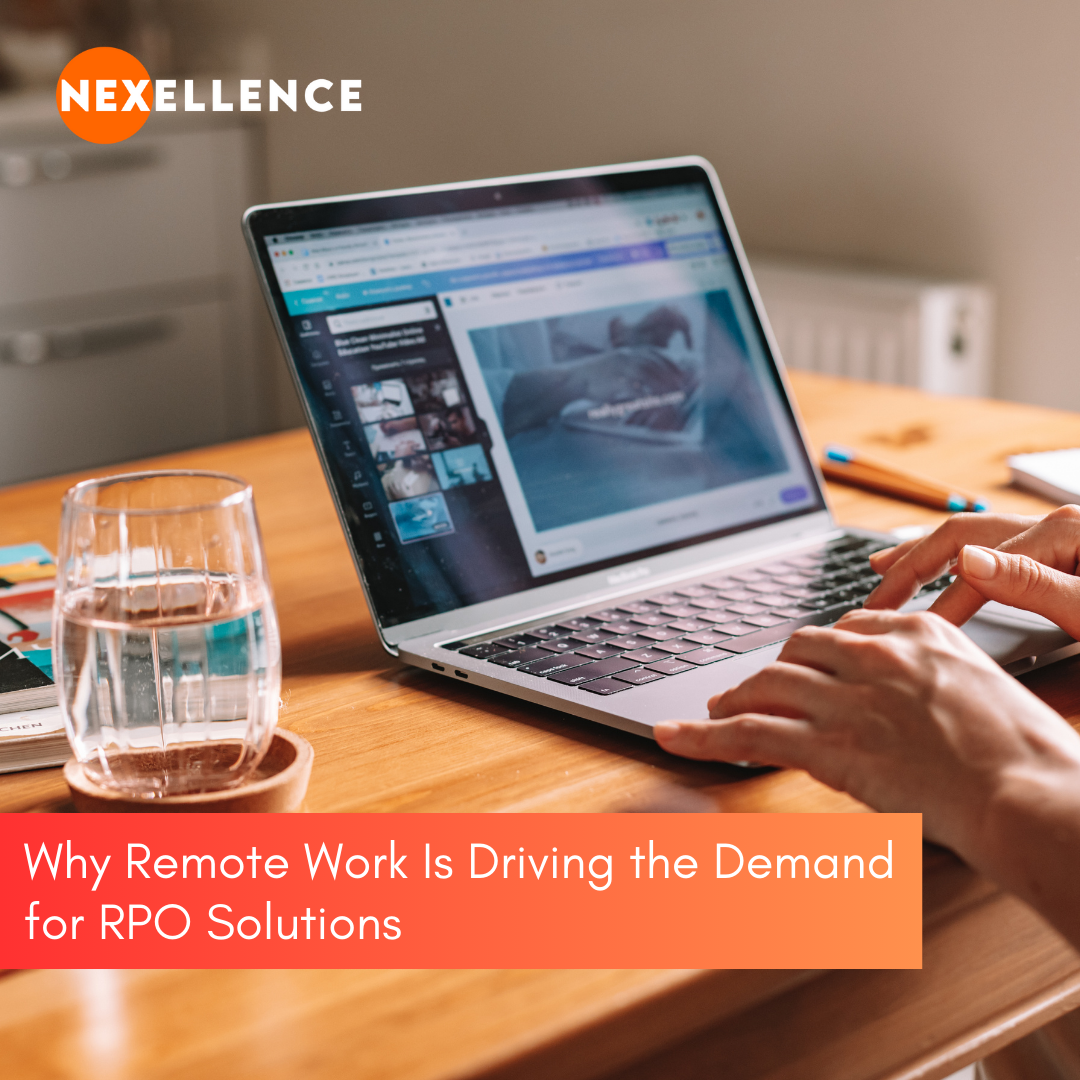In the world of talent acquisition, full-cycle recruiting is an approach where a recruiter manages the entire hiring process from start to finish. This method involves sourcing, screening, interviewing, and onboarding candidates, giving businesses a streamlined approach to hiring. While full-cycle recruiting can offer several advantages, it’s not without its challenges. In this blog, we’ll explore the pros and cons of full-cycle recruiting to help you determine if it’s the right choice for your organization.
What is Full-Cycle Recruiting?
Full-cycle recruiting is the process where a recruiter handles every step of the recruitment process. From identifying the hiring needs and sourcing candidates to interviewing, selecting, and onboarding new employees, full-cycle recruiters manage it all. This method contrasts with other types of recruiting, where different team members handle different stages of the process (e.g., one team for sourcing and another for interviewing).
The Pros of Full-Cycle Recruiting
1. Streamlined Communication
One of the major advantages of full-cycle recruiting is the streamlined communication between the recruiter and the hiring team. Since one recruiter handles all stages of the process, there’s less room for miscommunication. Recruiters gain a deep understanding of the hiring manager’s needs and can adjust their approach accordingly, ensuring a more cohesive recruitment experience.
2. Improved Candidate Experience
Candidates appreciate consistency and clear communication. When one recruiter is responsible for the entire hiring journey, candidates receive a smoother and more personalized experience. They’ll have a single point of contact throughout the process, which helps build rapport and trust. A better experience can also improve your employer brand and attract top talent.
3. Faster Time-to-Hire
Full-cycle recruiters tend to have a better understanding of the company’s culture and the specific skills required for each role, which enables them to make quicker, more accurate decisions. With fewer handoffs between different teams, the process is often more efficient, reducing time-to-hire and ensuring top candidates aren’t lost to competitors.
4. Holistic Candidate Selection
Since the recruiter manages every part of the process, they are better positioned to evaluate candidates holistically. They can assess both technical skills and cultural fit, ensuring the person selected for the role aligns with the company’s values and mission. This can lead to better long-term retention and employee satisfaction.
5. Better Alignment with Business Needs
Full-cycle recruiters work closely with hiring managers, which ensures a deeper understanding of the company’s needs. This alignment leads to a more targeted approach to recruitment, where candidates are carefully selected based on both their qualifications and how well they fit with the company’s culture and goals.
The Cons of Full-Cycle Recruiting
1. Increased Workload for Recruiters
Managing the entire recruiting cycle can be overwhelming, especially for smaller HR teams or organizations with high hiring volumes. The recruiter has to juggle multiple responsibilities, including sourcing candidates, conducting interviews, managing schedules, and coordinating onboarding. This can lead to burnout or delays if the recruiter isn’t able to manage the workload effectively.
2. Limited Focus on Sourcing and Strategy
While full-cycle recruiters have a broad view of the hiring process, their focus on multiple tasks can lead to less time spent on high-value activities like strategic sourcing or developing innovative recruitment strategies. Specialized recruiters focused on just one part of the cycle, like sourcing or interviewing, can often give these tasks more attention and produce better results.
3. Potential for Bias
Since full-cycle recruiters are responsible for every step of the process, there’s a greater risk of unconscious bias influencing their decision-making. Without input from a diverse team, a recruiter might unintentionally favor candidates that align with their personal preferences or biases. Incorporating a more collaborative approach could mitigate this risk.
4. Challenges in Handling High-Volume Hiring
For companies that need to fill numerous positions quickly, full-cycle recruiting can become inefficient. The recruiter’s focus on every stage of the process may slow things down when handling a large number of candidates. In contrast, a divided approach, where specialists focus on specific phases of recruitment, can handle high-volume hiring more effectively.
5. Lack of Specialization
Recruiters handling the full cycle may not possess the depth of expertise needed for each stage of the process. For example, sourcing high-quality candidates requires different skills than interviewing and assessing their fit for the role. Full-cycle recruiters may not be as proficient in each specialized area, potentially affecting the quality of the process.
Conclusion: Is Full-Cycle Recruiting Right for Your Business?
Full-cycle recruiting offers a range of benefits, including improved candidate experience, faster hiring processes, and better alignment with business needs. However, it also has its drawbacks, including the risk of recruiter burnout, limited specialization, and challenges in high-volume hiring.
For small to mid-sized businesses or those with lower recruitment needs, full-cycle recruiting can be an efficient and effective approach. Larger organizations or those with high hiring volumes might consider combining full-cycle recruiting with specialized recruitment teams to ensure a more scalable and efficient process.
Ultimately, the decision to adopt full-cycle recruiting depends on your business’s unique needs, the size of your recruitment team, and the volume of roles you’re hiring for. By understanding the pros and cons, you can make an informed decision that supports your business goals and recruitment objectives.
Is full-cycle recruiting right for your organization? Consider the pros and cons and weigh them against your current recruitment processes to determine the best approach for your team.





